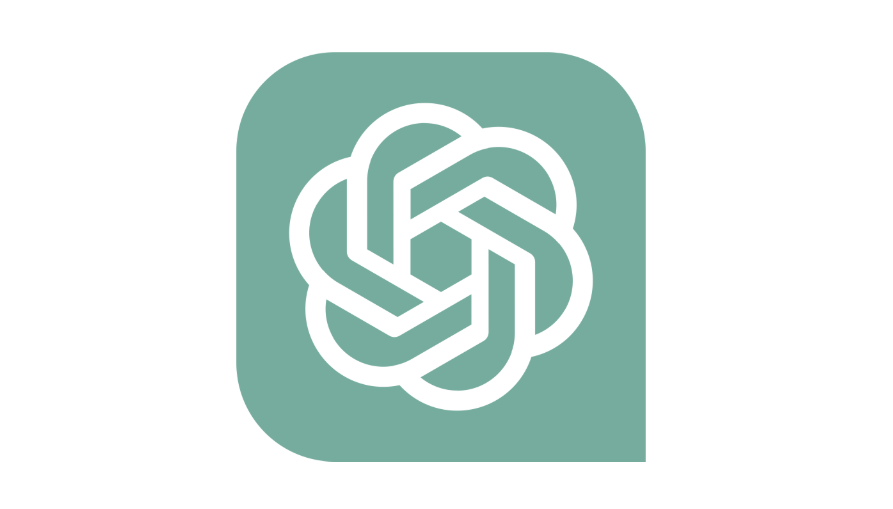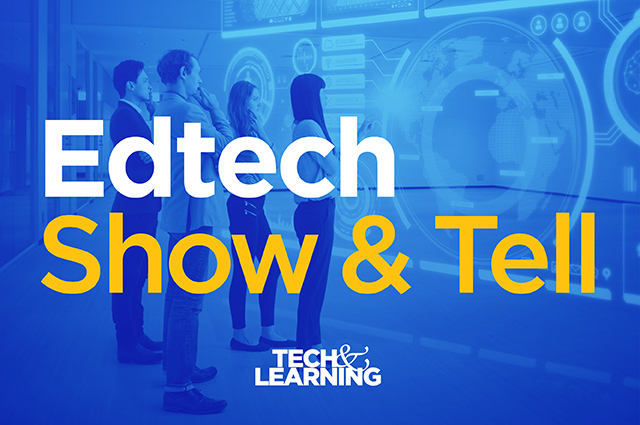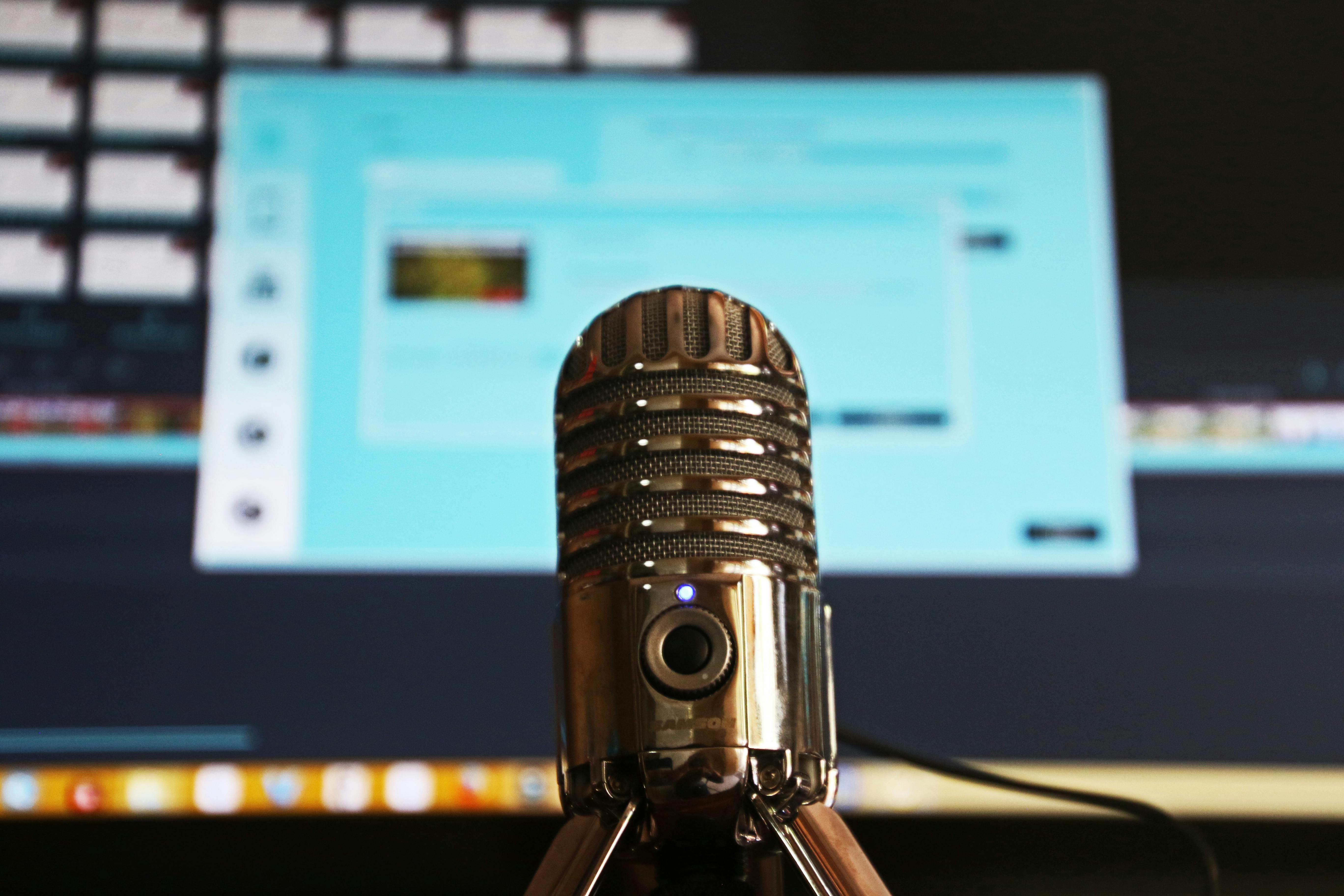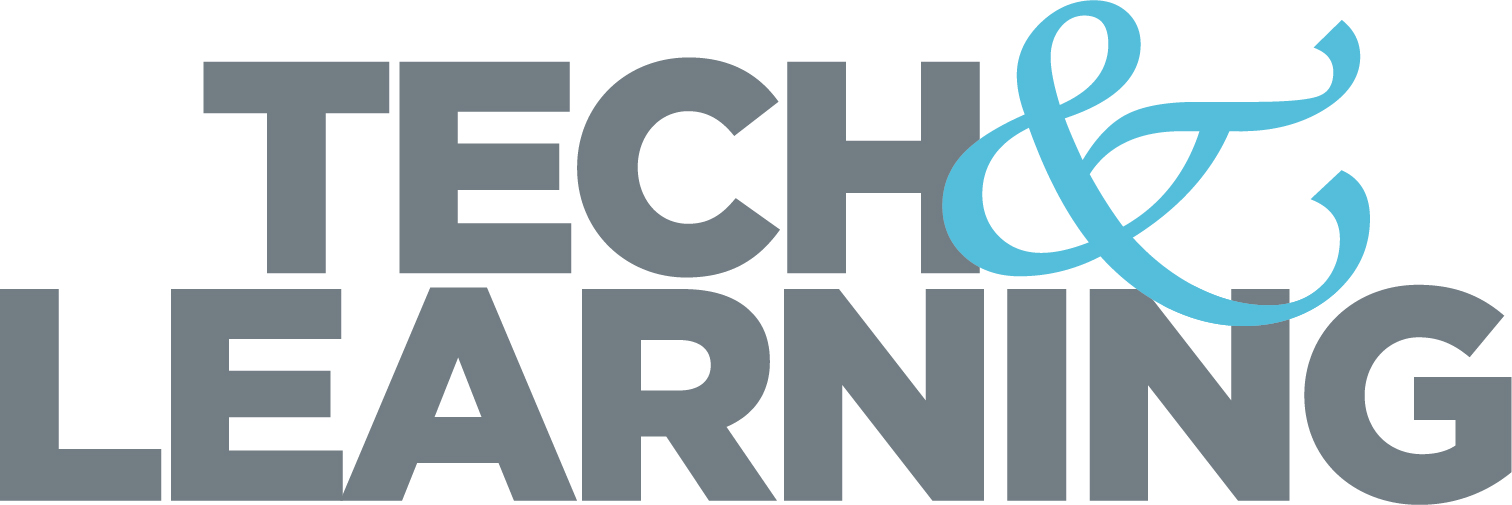Ten Questions to Ask when Creating a STEM Culture in Education
If you are a new to, or planning for a STEM school, take a look as you plan. Already a STEM school… then use these questions to assess and determine your next journey along an amazing path!
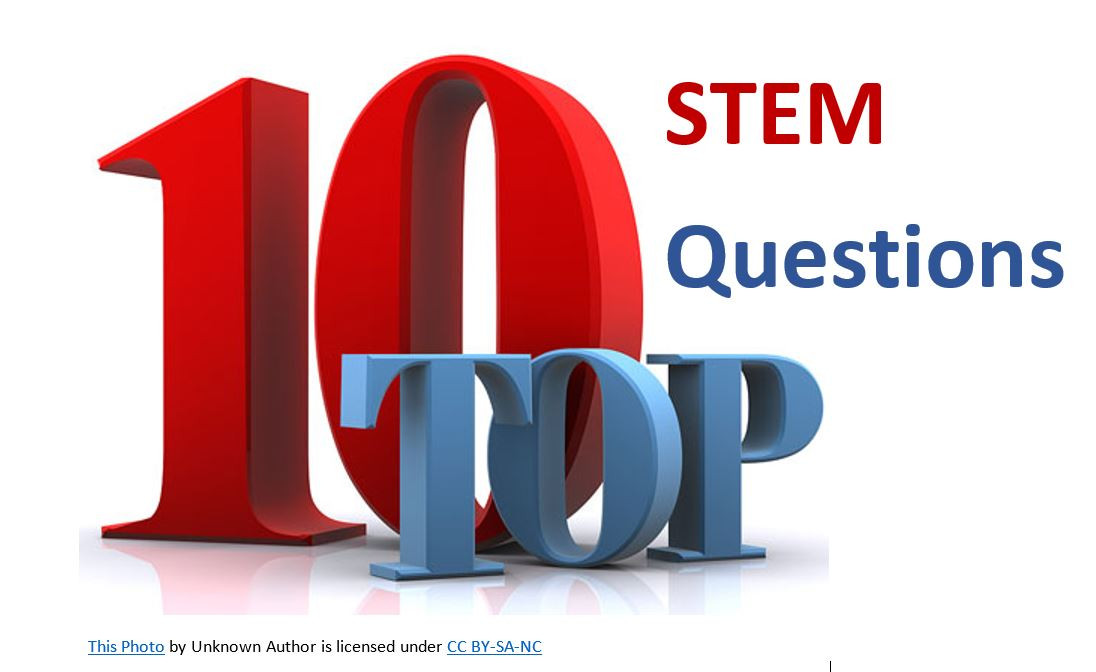
Ten Questions to Ask when Creating a STEM Culture in Education
1. What does STEM mean to the education process and culture of a school for students and educators? So many schools have jumped onto the idea of STEM education involving Science, Technology, Engineering, and Math. The integration of these four areas is very important, but what does it mean for a building or district? We must be careful not to amplify these areas of study, while putting less emphasis on other areas of the curriculum. It is important to emphasize the idea of “Why STEM?” as your school or district takes the steps toward STEM education. People must understand that STEM will be a way to engage students in all content areas.
2. Are there any unintended results as we emphasize this idea of STEM? The elements of Science, Technology, Engineering and Math are wonderful areas of study and really embrace the idea of future job growth and good salaries. Schools have addressed this idea by extending the STEM acronym with extra letters. We now find STEAM (include the Arts), STREAM (include reading), STREAMIE (include everyone.. I am still waiting to see STREAMIER (more STREAMIE) and STREAMIEST (most STREAMIE)! How big can we make the acronym as we try to embrace the entire curriculum? I think it might be how we define STEM to begin with, which leads to our next question.
3. How does your building, district, and community define STEM? Before bringing in a STEM program, collectively decide on a definition for STEM. I like to think of STEM as a verb and not just four nouns. It is the process of students doing, thinking and connecting throughout the entire curriculum. This is the subject of a future Blog… so be sure to subscribe! Please note that I stated “a building, district, and community definition of STEM”. Everyone should be able to provide a consensus definition. While this might seem obvious, it is not always the case!
4. What does a lesson or unit look like when STEM is infused? Is there a process that the school or district is ready to embrace and provide training on? This should involve some type of inquiry method that allows for student exploration while constraining them to mandated curriculum standards. This might include the 5E’s, a Design Method, Deeper Thinking Processes, Project Based Learning, or Problem Based Learning. It must start at the basic lesson level… before expanding to units of study. In many places, it is a classroom transformation.
5. What does a STEM Classroom look like? I mean this in both a physical and pedagogical way. This does not take a remodel of the school, although large classrooms are nice. How does this physical classroom integrate with the pedagogy? Remember that STEM builds a culture of connected and authentic learning. Before implementation, all educators should visit some STEM classrooms and schools. If there are not any available, take a look at PBL, Montessori, or Reggio Emilia classrooms. When visiting, spend more time observing students than teachers. Also keep in mind that some technology is needed. Take some time in determining what it is. Order the technology based on lesson needs and standards. Avoid the toys that shine until that need is determined. You will notice your technology dollars being spent much more efficiently!
6. What modification(s) may be needed to the daily schedule? While in the beginning a school may have dedicated STEM time, a goal is to bring a STEM culture to every classroom… everyday! That schedule change could be a long term goal and may vary among schools. How can classes and students be shared to allow for trans-disciplinary learning? What subjects can be paired together and allow for team teaching? There maybe a need for longer periods of learning. Perhaps teachers can find some ways to connect even in a traditional schedule. It all takes time, so remember … small steps.
7. How do we get ready for assessment in STEM? I like to say that STEM assessment goes beyond the standardized test. As we use an inquiry and collaborative approach it is important to make sure all students are learning content. How do we assess not just the nouns, but also the verbs in our standards? Do we have rubrics that incorporate the 4C’s and other soft skills? I see what I call “STEMie” lessons that are based on few standards and with no assessment. How do we go beyond this? When we are intentional with standards and assessment, the standardized test will be satisfied.
8. What qualities do STEM students have upon graduation at the different levels in education? I often say that we are not preparing students for the specific skills of a career, but rather the universal skills needed to work in any career. We need to determine these skills and qualities as as we build our STEM programs. How do we build these attributes into lessons and units and also into assessment, where the appropriate tools must be determined? As we think of careers, a STEM program must help students determine a career pathway and find passions that engage them.
9. What are a building or district’s community connections for STEM? Keep in mind that every community is different. The community outside the school’s walls is important for authentic learning. A STEM school must look for connections that make learning relevant for students. Databases can be created to identify professionals, institutions, business, industry, and government entities that can be partners for real world learning. These partnerships should be a two way street. The real benefactors will be your students!
10. How does a school or district sustain the STEM momentum? All initiatives start out with a lot of energy. Many times this begins with particular groups and individuals. How do we place this ownership with the entire institution? There may need to be some ongoing in-service along with a retelling of the story. Keep in mind that the goal is to build a STEM culture!
cross-posted at 21centuryedtech.wordpress.com
Michael Gorman oversees one-to-one laptop programs and digital professional development for Southwest Allen County Schools near Fort Wayne, Indiana. He is a consultant for Discovery Education, ISTE, My Big Campus, and November Learning and is on the National Faculty for The Buck Institute for Education. His awards include district Teacher of the Year, Indiana STEM Educator of the Year and Microsoft’s 365 Global Education Hero. Read more at 21centuryedtech.wordpress.com.
Tech & Learning Newsletter
Tools and ideas to transform education. Sign up below.




